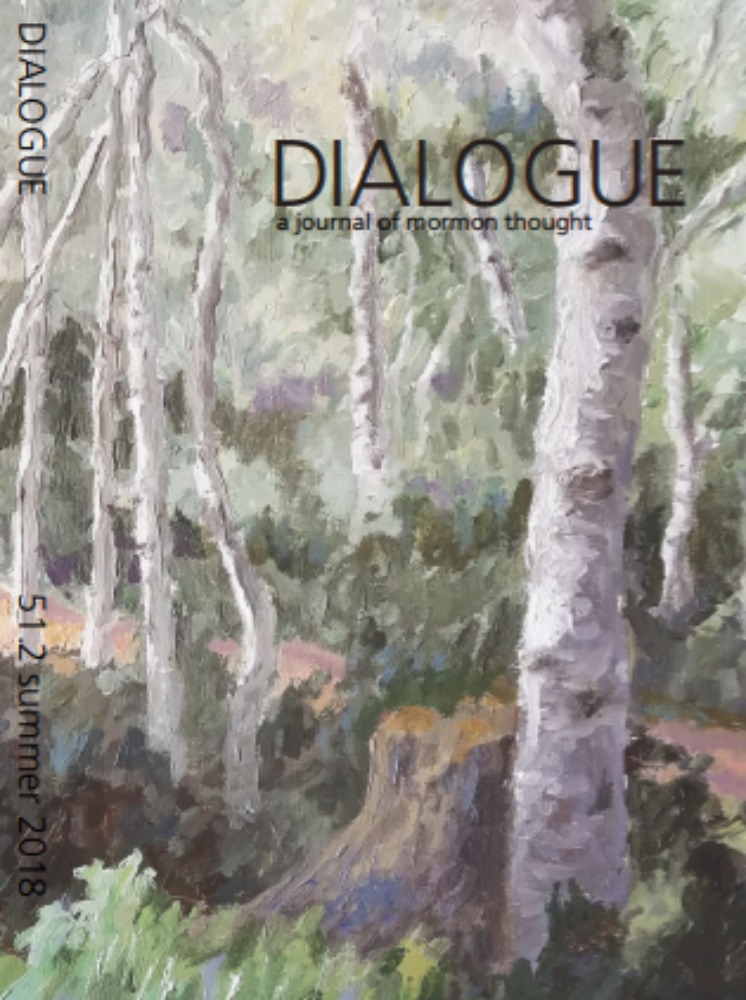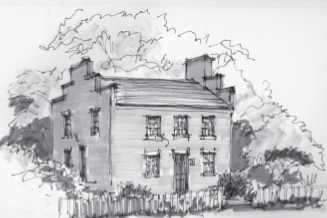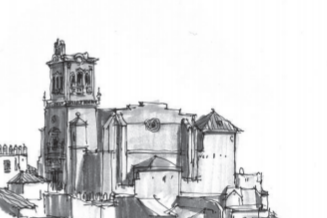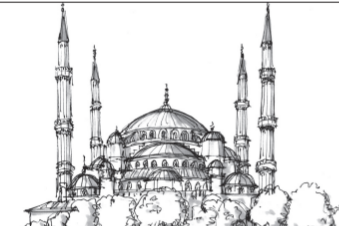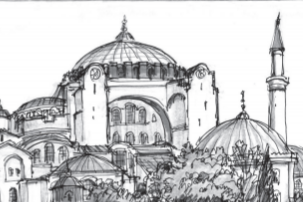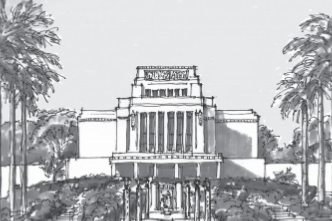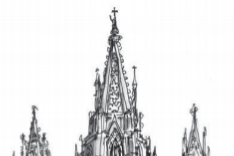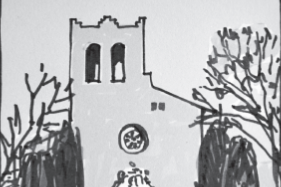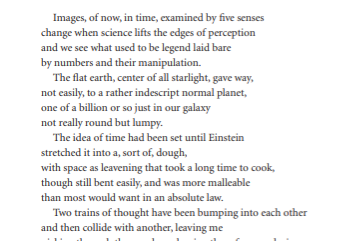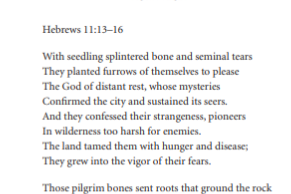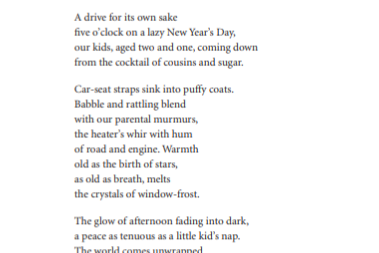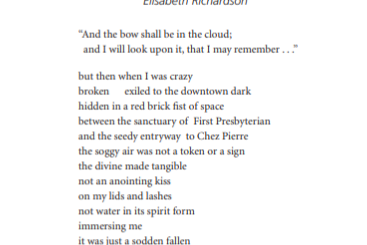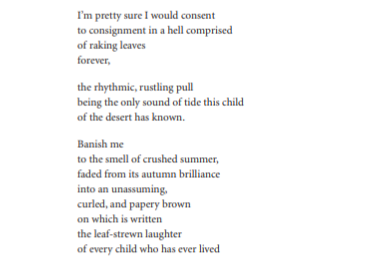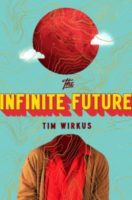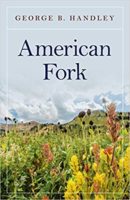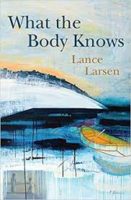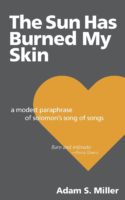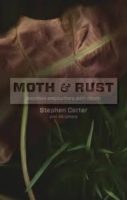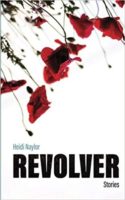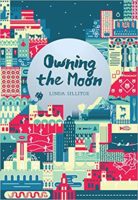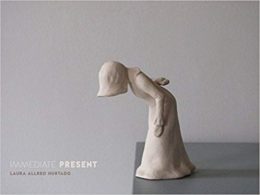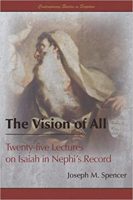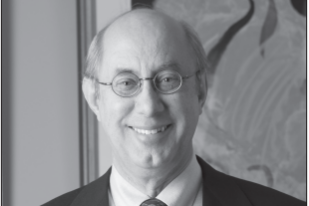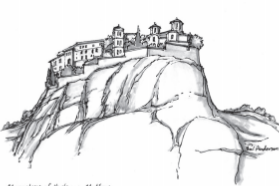In October of 1996, Father William Flegge and his St. Francis of Assisi parish in Provo had a problem. Renovations had left their beautiful Spanish Mission–style building unsafe for the high volume of parishioners expected for the upcoming Christmas services. That was when Father Flegge telephoned LDS Church headquarters to ask if Christmas Mass could be held at the Provo Tabernacle. In addition to welcoming Father Flegge and his flock to the tabernacle, LDS leaders invited them to bring into the tabernacle whatever sacred dress, objects, and symbols they needed to realize this important ceremony.Julie Boerio-Goates, pastoral coordinator for the parish, had plenty of experience staging Mass in the three-hundred-seat St. Francis building but was nervous about staging it in the two-thousand-seat tabernacle. The parish moved a lot of materials necessary for Christmas Mass from the St. Francis church, but since the tabernacle was so much bigger than St. Francis, more set dressing was needed. Serendipitously, seminarian Patrick Elliot had just been assigned to the parish as an assistant. Elliot had a good eye and knew where to find additional decorations. On December 24, two Christmas Masses were held in the evening and one at midnight.These services provide a vivid illustration of the Provo Tabernacle’s use for interfaith cooperation.
Read more





